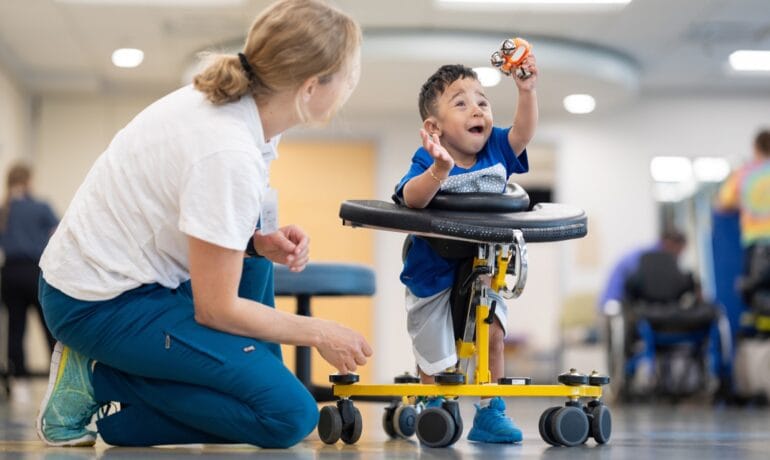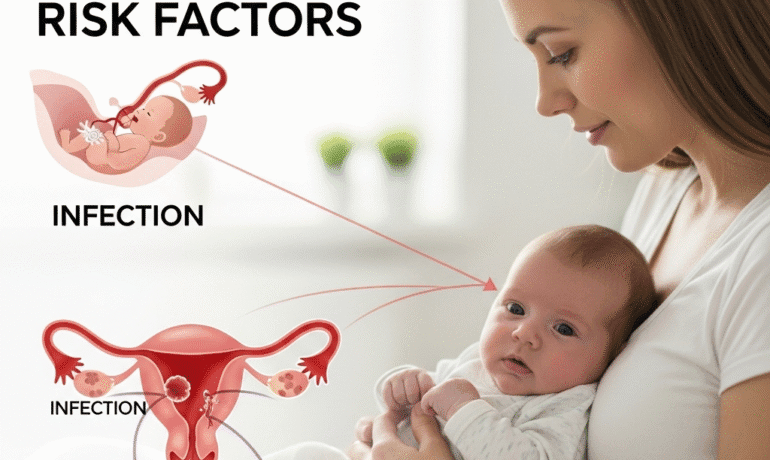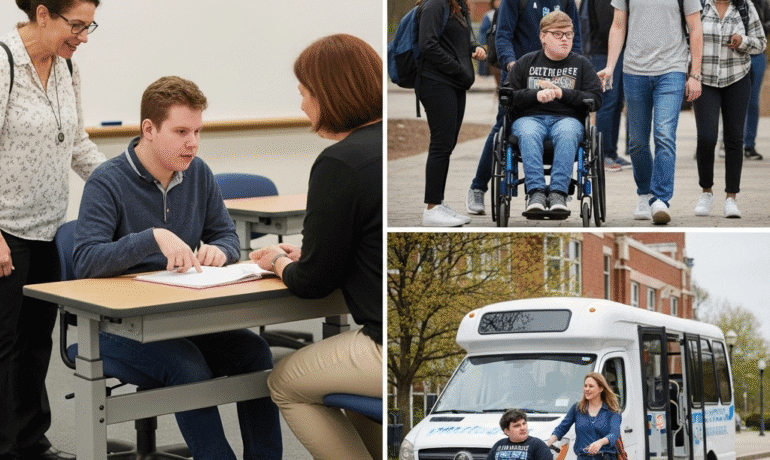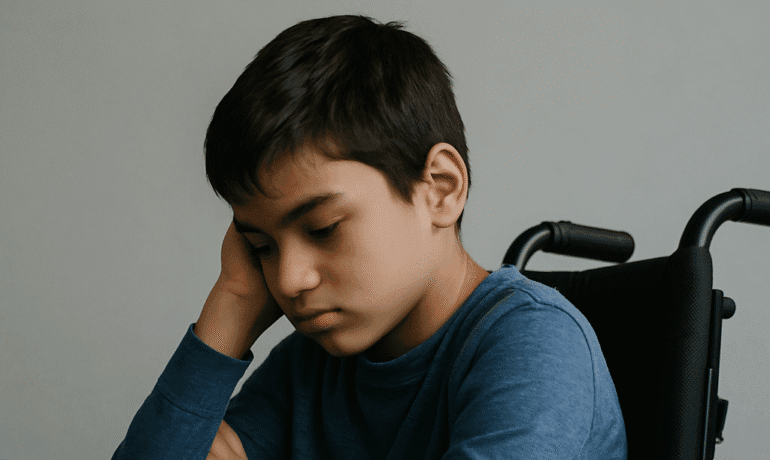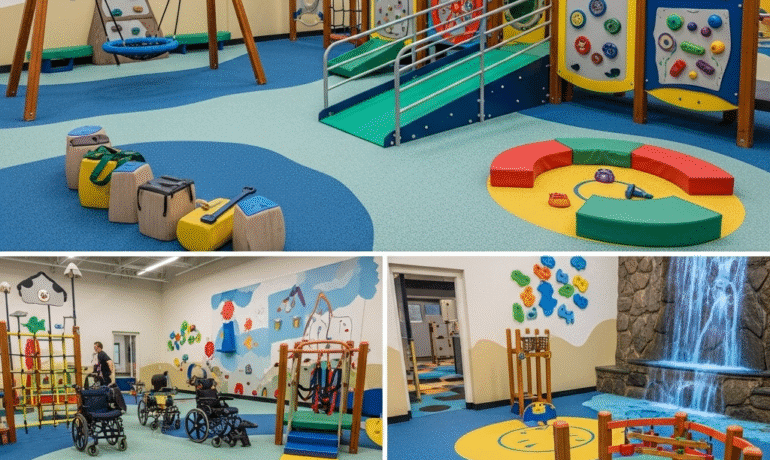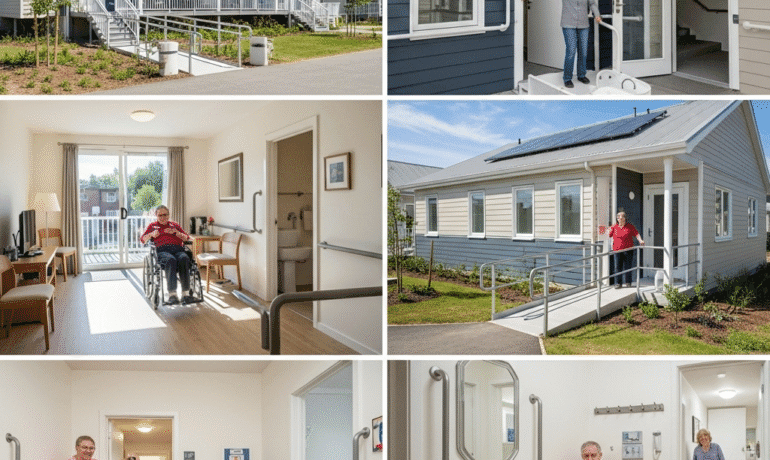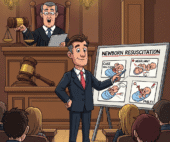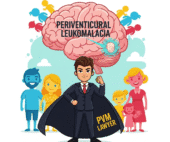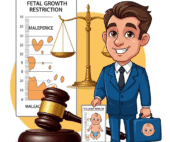Utilizing Assistive Technology for Environmental Control at Home
For individuals with Cerebral Palsy (CP) and other disabilities that impact motor control, managing their home environment can present significant challenges. Tasks that many take for granted, such as turning on lights, adjusting the thermostat, operating appliances, or even calling for help, can be difficult or impossible without assistance. Fortunately, advancements in assistive technology Assistive


